We explored how the modern Kundli came about, tracing the history of astrology back to its ancient origins. Now we investigate Virgo, the first Rasi of the Zodiac. It is in the constellation Virgo, also known as Kanya, that we see a paradox, only apparent when you look at the star constellation.
Virgo/Kanya is a constellation of a young virgin woman. Here is a photo of the stars forming Virgo. Notice that it is impossible to ‘see’ Virgo (this virgin woman) in the stars. The stars themselves do not naturally form the image of the woman.
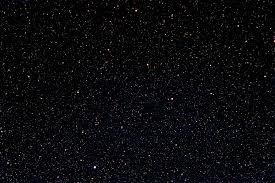

Even if we connect the stars in the Virgo constellation with lines as in this Wikipedia image, it is still hard to ‘see’ a woman with these stars, let alone a virgin woman.
But this has been the Sign as far back as records exist. Virgo is often shown in full detail, but the details do not come from the constellation itself.
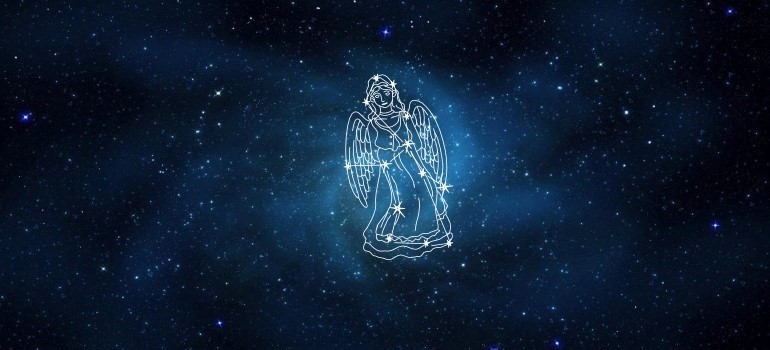
Spica deepens the Virgo Mystery
The image below shows the entire Zodiac in the Egyptian Dendera Temple, dated to 1st century BCE, containing the 12 Zodiac Rasi. Virgo is circled in red while the sketch on the right shows the zodiac images more clearly. You see that Virgo holds a seed of grain. This seed of grain is the star Spica, the brightest star in the Virgo constellation.
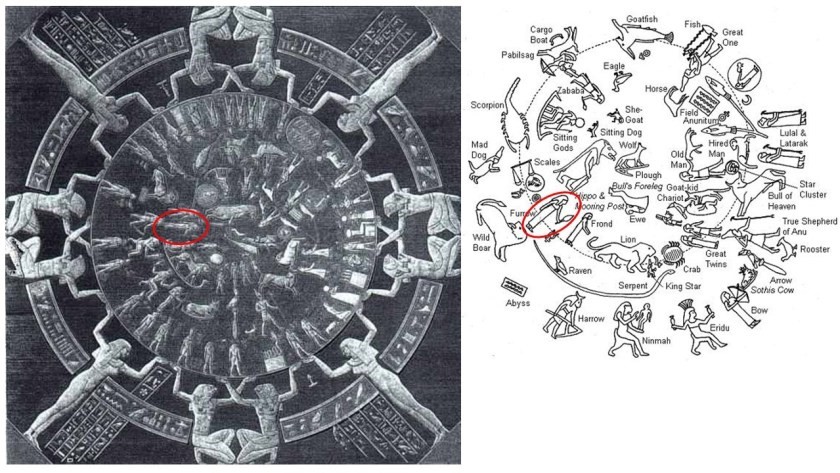
Here is Spica in a night sky photo, with the Virgo stars connected by lines.
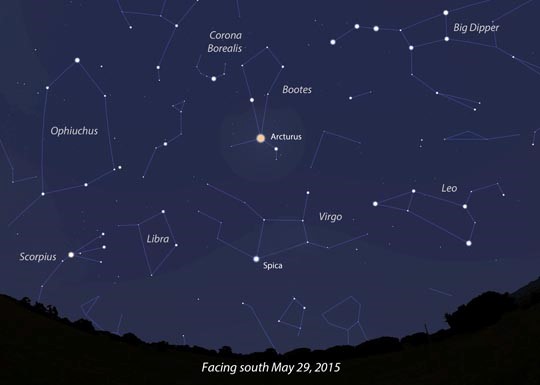
Spica has a special status in the vedic horoscope. The nakshatras (lit. “stars”) or lunar mansions are the Indian form of lunar stations. They usually number 27 but sometimes 28 and their names are related to the most prominent constellations in each sector. According to the modern tradition they start from a point on the ecliptic precisely opposite the star Spica (Sanskrit: Chitrā)
Why is Spica so important? How does one know that Spica is a seed of grain (sometimes an ear of corn)? It is not apparent in the constellation itself, just as a virgin woman is not apparent from the Virgo constellation. This is the paradox of Virgo: The image is not innate within, or come from, the constellation itself.
Virgo as an Idea preceded Virgo the Constellation
This means that Virgo – the Virgin Woman with the seed of grain – was not created by seeing her within the stars themselves. Rather, the Virgin with the seed of grain was thought of beforehand and then was placed onto the constellation. So where did Virgo with her seed come from? Who first had the Virgin in mind and then placed her and her seed as Virgo in the stars?
We saw that the most ancient writings credited this both to God and the immediate children of Adam/Manu to help remember the Creator’s Story. The Sign of Virgo precisely matches where this Story begins in both the Hebrew and Sanskrit vedas.
Virgo Story from Beginning
In the paradise of Satya Yuga, when Adam/Manu disobeyed and God confronted the Serpent (Satan) He promised him that:
And I will put enmity between you and the woman, and between your offspring and hers; he will crush your head, and you will strike his heel.”
Genesis 3:15
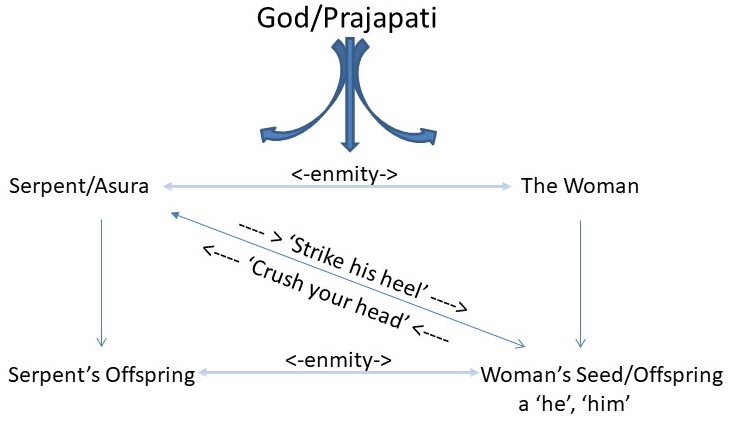
God promised that an ‘offspring’ (literally a ‘seed’) will come from a woman – without mentioning her union with a man – thus being a Virgin. This Seed of the Virgin would crush the ‘head’ of the serpent. The only person where even a claim exists of being born of a virgin woman is Jesus of Nazareth. The coming of the Seed from a Virgin was announced at the beginning of time and remembered as Purusa in the Sanskrit Vedas. The immediate children of that first Manu, to remember the Creator’s promise, created Virgo with her seed (Spica) and placed her image in the constellation so that their descendants would remember this promise.
The Ancient Virgo Horoscope
Since horoscope = horo (hour) + skopus (mark to observe) we can do that with Virgo and her Seed. Jesus himself marked the Virgo + Spica ‘hour’ when he said:
Jesus replied, “The hour has come for the Son of Man to be glorified. 24 Very truly I tell you, unless a kernel of wheat falls to the ground and dies, it remains only a single seed. But if it dies, it produces many seeds.
John 12:23-24
Jesus declared himself to be that seed – Spica – which would achieve a great victory for us – the ‘many seeds’. This ‘seed’ of the Virgin had come at a specific ‘hour’ = ‘horo‘. He did not come at any hour but at ‘the’ hour. He said this so we would mark (skopus) that hour and follow the story, reading the horoscope he set out.
Your Virgo Reading
Here is horoscope reading based on this:
Be careful not to miss that ‘hour’ declared by Jesus because you are too busy every day chasing unimportant things. Because of that, many will miss out on becoming the ‘many seeds’. Life is full of mysteries, but the key to eternal life and true wealth is to unlock the mystery of the ‘many seeds’ for yourself. Ask the Creator daily to guide you to understanding. Since He put the Sign in the Stars of Virgo as well as in His written record, he will give you insight if you ask, knock and seek for it. In a manner, the Virgo characteristics compatible for this are curiosity and an eagerness to dig for answers. If these traits mark you then put it into action by seeking further insight into Virgo.
Further through the Zodiac Story and deeper into Virgo
Continue the Ancient Zodiac Story with the Libra Kundali. See Ancient Jyotish to understand the basis of this original Zodiac Story
To go deeper into Virgo through the writings see:



